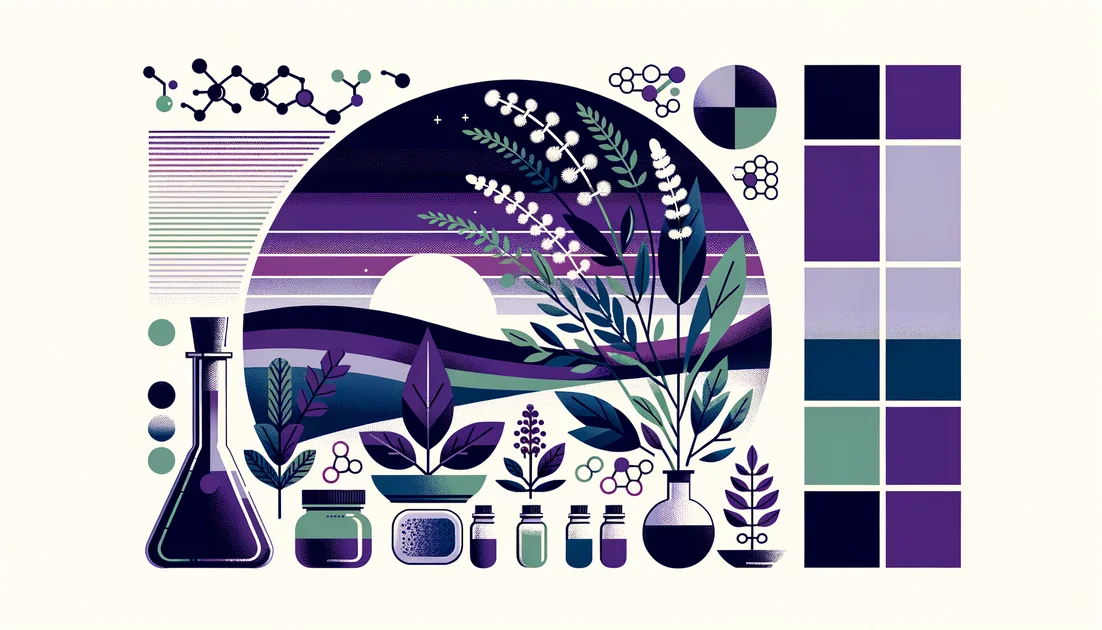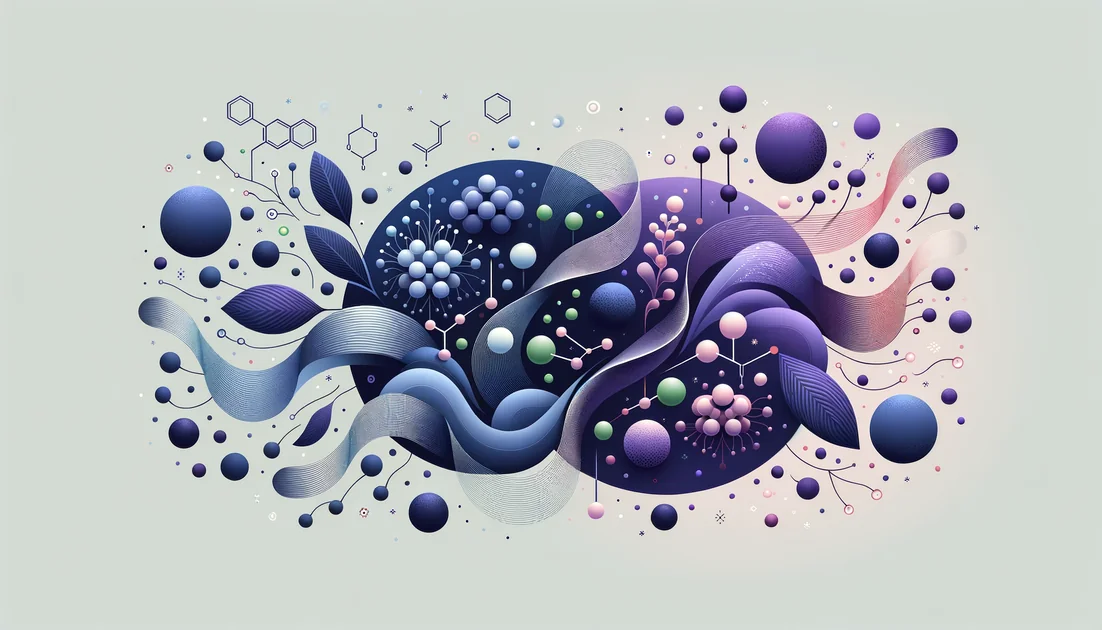
Sixty Minutes of Acid: The Brief, Bright Work of Betaine HCl
You live in an age of acid blockers, yet some people reach for acid itself. The capsule in your palm—betaine hydrochloride—promises to do what your stomach won't: up the acid for just long enough to matter. How did a beet-derived molecule become a one-hour fix in a world obsessed with turning acid off?[1]
- Evidence
- Emerging
- Immediate Effect
- Within minutes → 10–30 minutes after dosing
- Wears Off
- About 60–90 minutes after a dose
A forgotten pharmacy trick, hiding in plain sight
For most of the 20th century, pharmacies sold acidifying mixtures—betaine hydrochloride (BHCl), pepsin, even diluted hydrochloric acid—as over-the-counter "stomach acidifiers." Then in 1993 regulators drew a line: there wasn't adequate evidence these products treated low stomach acid (hypochlorhydria), so none could be considered "generally recognized as safe and effective" for OTC use.[2] As the Code of Federal Regulations still puts it, "any OTC drug product..offered for use as a stomach acidifier cannot be considered generally recognized as safe and effective."[2] That's the paradox: a supplement long sold for digestion but officially not recognized to treat low acid. And yet, in the last decade, researchers have used BHCl for something precise and measurable: to briefly restore stomach acidity when it's been dialed down—by medication, by food, or by surgery—and watch what changes.
The minute hand: when acidity returns on cue
In a small, tightly controlled trial at UCSF and Stanford, volunteers first took a proton-pump inhibitor (rabeprazole) to push their stomach pH above 4. Then came the test: a single 1,500 mg BHCl capsule. Within about six minutes on average, the stomach slipped back below pH 3, and for roughly an hour it stayed acidic before drifting upward again. The pH drop was dramatic—from around 5 to under 1 at its sharpest—yet temporary.[3] In short: BHCl can the gastric "acid dial" down, then back up, then let it fade—on a schedule.[3]
"Betaine HCl was effective at temporarily lowering gastric pH."[3]
That one-hour window turned out to be more than a party trick.
When acidity decides a cancer drug's fate
Many modern oral cancer drugs are weak bases; they dissolve well in strong acid and poorly when the stomach is neutral. In healthy volunteers, the acid blocker had slashed exposure to dasatinib—a leukemia drug—by 78%. Add back a single 1,500 mg dose of BHCl with the pill, and drug levels snapped back to essentially normal.[4] The stomach didn't need to be acidic all day; it needed to be acidic at the exact moment the pill dissolved. Clinicians have tried other workarounds, too. In lung cancer patients on PPIs, simply taking erlotinib with cola nudged its exposure up by about 39%, because the acidic drink briefly re-sharpened the stomach's solvent power.[5] "A possible option," as one clinical commentary put it, "could be temporary gastric reacidification" at dosing time.[6]
Food complicates the plot
Meals are their own chemistry set. After eating, gastric pH rises for a while, which can frustrate the absorption of acid-loving medicines. In a randomized crossover study, returning post-meal acidity to baseline without help took about 50 minutes; with BHCl, researchers needed larger amounts—about 4,500 mg—to re-acidify within ~17 minutes.[7] Same molecule, different dose, because food buffers acid like a sponge.[7]
A patient story: rebuilding appetite after surgery
What about digestion beyond pills? A recent case report followed a man after esophagectomy who battled dumping symptoms and malnutrition. Adding a capsule containing 500 mg BHCl with pepsin before protein-rich meals eased symptoms, restored his appetite, and helped him regain lost weight; stopping the supplement brought the problems back, and restarting it helped again.[8] It's just one case, but it underscores a plausible role: supplying acid and a protein-shearing enzyme when surgery or disease has left the stomach's chemistry blunted.
What low acid does to a body
When the stomach's "acid firewall" drops, protein digestion stutters, B12 and iron absorption falter, and microbes you'd usually kill can pass through. Clinicians flag links to bloating, malabsorption, and even bacterial overgrowth when acid stays low.[9] None of this proves BHCl will fix such issues broadly—but it explains why some people feel better when the gastric dial clicks back toward acid, at least for a meal.
Practical ways readers actually use it (and why care is essential)
If BHCl has a role, it's precise and time-bound: with the first bites of a protein-rich meal, or alongside a drug that needs acid to dissolve. Research-grade doses range from 1,500 mg on an empty stomach to about 4,500 mg after a meal to overcome food's buffering.[3][7] Most retail products pair BHCl with pepsin—mimicking the stomach's natural duet. But acid isn't benign. People with active ulcers, erosive esophagitis, or a history of GI bleeding should avoid adding acid; and anyone on medications whose absorption depends critically on stomach pH should only consider BHCl with clinician oversight.[2][9][10] Also, don't confuse BHCl with betaine anhydrous (TMG), a methyl-donor nutrient used for homocystinuria and metabolic support; the names overlap because both trace back to beets, but their purposes diverge.[1]
So where does the evidence leave us?
Here's the honest synthesis:
- BHCl reliably, briefly lowers gastric pH in humans. Multiple crossover trials show a fast onset (minutes) and a short tail (about an hour).[3][7]
- That window can rescue the absorption of some weak-base drugs during PPI therapy. Human data exist for dasatinib; acidic drinks help erlotinib.[4][5]
- Symptom relief for digestion is less studied. Beyond physiology and case reports, we lack large trials showing improved dyspepsia or nutrient status with BHCl over weeks or months.[2][8]
In other words, BHCl looks less like an everyday digestive panacea and more like a timed tool: a match you strike for a specific task, then let burn out.
What's next
Future work will likely focus on two fronts: (1) pairing acidification strategies (BHCl or acidic beverages) with pH-sensitive drugs to optimize dosing in patients who must stay on PPIs, and (2) rigorous trials in postsurgical or documented hypochlorhydria populations to see if targeted, per-meal acidification changes symptoms, nutrient status, or microbiome patterns over months. For now, the story is intriguing and bounded—one bright hour of acid, used wisely.
Key takeaways
- •BHCl is a short-acting "reacidifier," dropping gastric pH within minutes and sustaining acidity for roughly one hour.
- •In research, BHCl co-administration restored exposure of a pH-dependent drug (dasatinib) that had been reduced by PPI therapy.
- •Dosing in studies ranged from about 1,500 mg on an empty, PPI-elevated stomach to ~4,500 mg after meals to speed reacidification.
- •Timing is everything: take at the start of a meal or with a pH-sensitive medication to create a brief, useful window of acidity.
- •Potential candidates include those with documented low stomach acid, postsurgical changes, or PPI users who need pH-dependent drugs—only with clinician guidance.
- •Avoid use with active ulcers, erosive esophagitis, recent GI bleeding, or severe gastritis; discuss critical drug interactions with a clinician.
You might also like
Explore more of our evidence-led investigations, comparisons, and guides across every article style.

Carlson (J.R. Carlson Laboratories, Inc.)
Carlson: Sea-to-Store Omega-3 Specialist—Elite Third-Party Testing, Solid Value, and a Transparency Gap

Apigenin (isolated flavone) vs German Chamomile Extract (Matricaria recutita)
For evidence-backed calming, choose standardized chamomile extract; it has human trials for GAD and sleep quality. Pick isolated apigenin if you want a single-compound stack and accept that human efficacy data are lacking. [1][2][5][6]


Oregano Oil
It starts in a kitchen, not a clinic: a sprig of oregano crushed between fingers, its scent warm and peppery. Yet inside that aroma hides a molecule that can punch holes in bacterial armor—one reason a humble culinary herb keeps showing up in surprising places, from Greek hillside remedies to petri dishes built to mimic stubborn infections.[1][2]


Tocotrienols
The stealthier cousins of vitamin E—built with springy tails that move differently in cell membranes and behave differently in your body.
